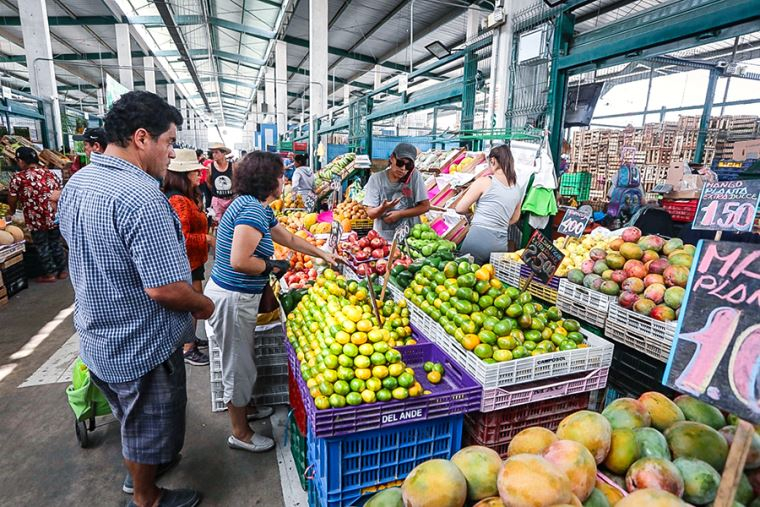
The Consumer Price Index (CPI) of metropolitan Lima – that is, inflation – fell from 2.29% to 2.13% year-on-year in July, according to the National Institute of Statistics and Informatics (INEI), despite the fact that in the seventh month of the year alone there was an increase of 0.24%, mainly due to the variation in prices in transportation (0.63%), food and non-alcoholic beverages (0.34%), recreation and culture (0.31%) and restaurants and hotels (0.16%).
Juan Carlos Odar, director of Phase Consultores, explained to The Republic that This behavior responds to a seasonal phenomenon during the patriotic month, characterized by the greater availability of liquidity..
“July is one of the months of the year with the highest inflation because it is the time when people have the luxury of travelling within the country. Interprovincial and local fares temporarily increase in price. There is greater spending, greater consumption,” he noted.
At the center of the target range
Although this contraction of the interannual variation to 2.13% in July would translate into a positive performance that, in turn, would allow inflation to continue on a path of convergence towards the center of the target range established by the Central Reserve Bank of Peru (BCRP) – between 1% and 3% – it is not necessarily an indicator that prices in the different consumer divisions will be reduced.
“What is expected is that prices will continue to rise for the rest of the year, but at a much slower pace than in the previous three years,” the economist said.
The BCRP expects the CPI to end 2024 at 2.2%, according to its latest Inflation Reportbut Odar estimates that it will end up around 2.3% and 2.4%, placing it within the target range, after having been above 3% for the last three years.
However, it is not yet possible to talk about a reduction in the BCRP reference rate, since anticipating this would generate upward pressure on the exchange rate and this increase would have an impact on inflation above what is desired, a scenario that the highest issuing body seeks to avoid, says Odar.
Thus, the benchmark rate – which sets the guidelines for short-term credit operations between banking entities – would most likely remain at 5.75% in August, for the third consecutive month.
The decisions taken by the Federal Reserve will also have an impact on the coming months, the specialist concludes.
Below market consensus
● Although July had a variation above the results of the last three months, this was lower than the 0.40% estimated by the market consensus and the 0.39% recorded in the same month of 2023, according to SURA Investments. It is important to highlight that although there was a decrease in annual core inflation —excluding energy and food— from 3.12% to 3.02%, it is still outside the target range.
● The market response was mixed. Equity markets suffered losses of 0.34%, but fixed-income markets posted gains – albeit marginal – across all maturities.
Source: Larepublica
Alia is a professional author and journalist, working at 247 news agency. She writes on various topics from economy news to general interest pieces, providing readers with relevant and informative content. With years of experience, she brings a unique perspective and in-depth analysis to her work.











